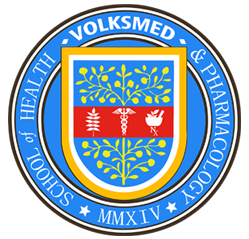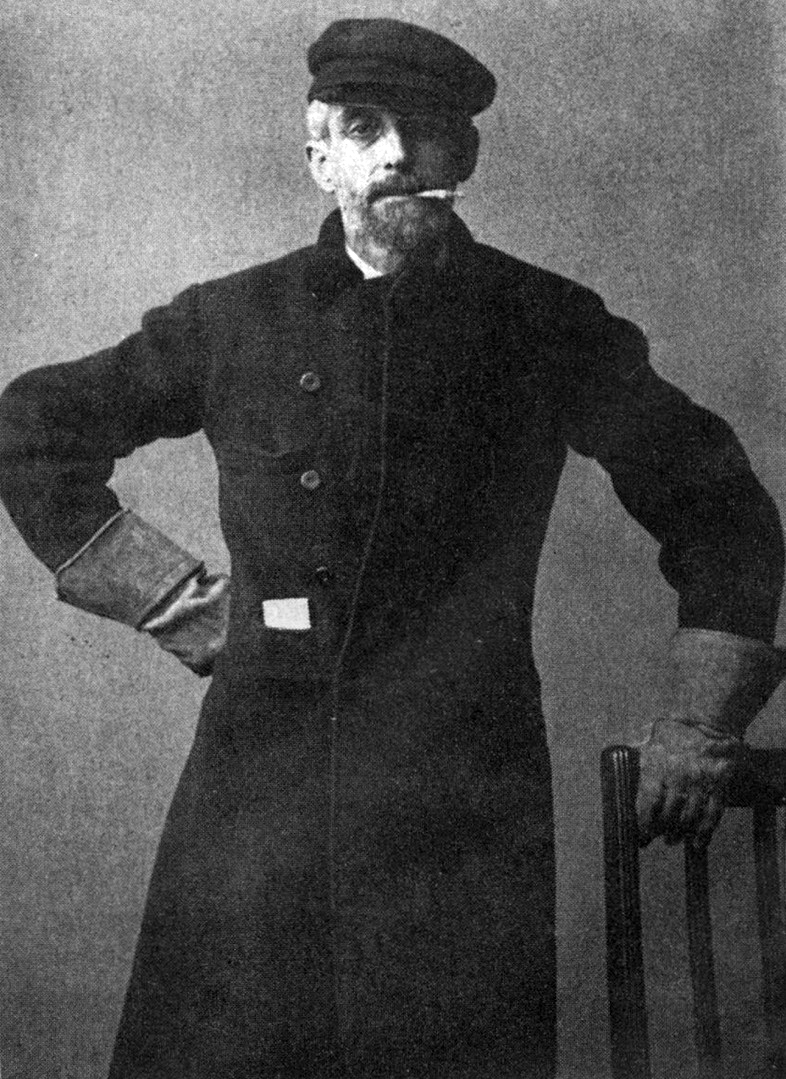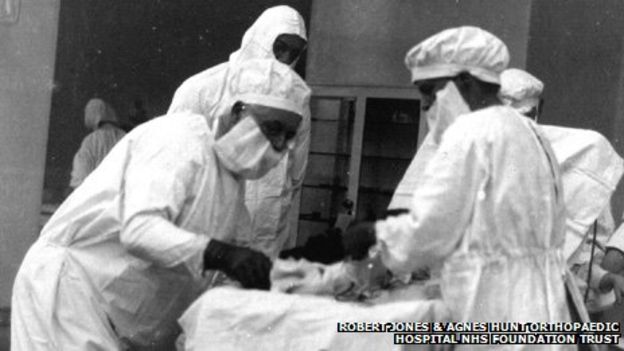

| HOME | COURSES | ALUMNI | RESEARCH | ACADEMICS | ABOUT US |
|
 |
|
| HOME | COURSES | ALUMNI | RESEARCH | ACADEMICS | ABOUT US | |

Hugh Owen Thomas, the great-grandson of the shipwreck survivor Evan
Hugh Owen Thomas (1834 – 1891) was a Welsh surgeon, he is considered the father of orthopaedic surgery in Britain.
Early life
Hugh Owen Thomas descended from a young boy who had been shipwrecked in Anglesey in 1745. Given the name Evan Thomas by the family that adopted and raised him, he established a family tradition of bone-setting. Evan Thomas — the grandson of the original survivor, and Hugh’s father — had moved to Liverpool at the age of 19, where he set up a successful practice as bone-setter. Evan, however, was not a trained physician, and three times he was taken to court to defend his practice. Although he was never convicted, the constant jealousy and antagonism of the medical community was a great toll on him; at one point his cottage was even burnt down. As a result of this, he decided to send all his five sons to train and qualify as doctors.Professional career
Hugh trained first with his uncle, Dr. Owen Roberts at St. Asaph in North Wales for four years, then he studied medicine at Edinburgh and University College, London. He qualified as MRCS in 1857. Returning to Liverpool, he first worked with his father, but incompatible temperaments did not allow this for long, so in 1859 he set up his own practice in the poorer part of town.
Hugh was known as an eccentric and rather temperamental man. A rumour had it that he would attack victims himself, and break their bones, in order to have patients on which to practice. He was short; just over five feet tall, always wore a black coat buttoned all the way up, a patch over one eye, and constantly had a cigarette in his mouth. Among the poor people of Liverpool though, he stood in great esteem. He practiced from his home in No. 11, Nelson Street, where he worked all day from five or six in the morning, and every Sunday he would treat patients for free.
Medical legacy
His contribution to British orthopaedics was manifold. In the treatment of fractures and tuberculosis he advocated rest, which should be 'enforced, uninterrupted and prolonged'. In order to achieve this he created the so-called 'Thomas Splint', which would stabilise a fractured femur and prevent infection. He is also responsible for numerous other medical innovations that all carry his name: 'Thomas's collar' to treat tuberculosis of the cervical spine, 'Thomas's manoeuvre', an orthopaedic investigation for fracture of the hip joint, Thomas test, a method of detecting hip deformity by having the patient lying flat in bed, 'Thomas's wrench' for reducing fractures, as well as an osteoclast to break and reset bones. His work was never fully appreciated in his own lifetime, but when his nephew, Sir Robert Jones, applied his splint during the First World War, this reduced mortality of compound fractures of the femur from 87% to less than 8% in the period from 1916 to 1918.
Anglesey bone setter
In the 18th Century, a mystery shipwrecked child who could not speak a word of Welsh or English washed up in Anglesey - and helped to revolutionise Western medicine with never-seen-before bone-setting skills.
Ever since, at least one in every generation of his descendants has worked in the field of orthopaedics, with his great-great grandson going on to save tens of thousands of lives on the western front in World War I.
Now 21st Century DNA technology is starting to solve the almost 270-year-old mystery of from where the boy known as the first Anglesey bone setter had been travelling.The boy and his brother found themselves the only survivors of a shipwreck off the north Anglesey coast, sometime between 1743 and 1745.
The boys' dark skin and foreign language led people at the time to speculate that they may have been Spanish.
However, DNA analysis of Thomas "Dafydd" Evans - a direct descendant of the male line - now seems to question that assumption.
"The project has already determined that Evan Thomas (the first bone setter) is most likely to have originated in eastern Europe. A British origin has been ruled out, and the long-believed Spanish origin now also seems very unlikely."
Wherever it had begun, the two small boys' mystery voyage ended when they were rescued from stormy seas in the middle of the night, by a smuggler called Dannie Lukie, from Llanfairynghornwy on Anglesey.He took the boys to a local doctor, but one died shortly afterwards.
The other, named Evan Thomas by the doctor who adopted him, began to take an interest in the doctor's work, and soon demonstrated a truly extraordinary skill.
First exhibiting his foreign talent on injured animals, Evan Thomas used touch alone to feel where bones were broken, and would deftly manipulate the edges to ensure a better join when the fracture began to knit.
He was also the first to use traction and splints to pull apart the over-lapping edges of breaks, and immobilise limbs while healing took place.Healed
His techniques, unheard-of at the time, continue to form the basis of orthopaedic surgery to this day.However, possibly even more remarkable than Evan Thomas' own legacy, was that of his eight generations of bone-setting descendants, who have dominated the discipline for two and a half centuries.
Each of Evan's children and grandchildren possessed the knowledge, and healed both commoners and gentry across north Wales.
But it was his great-grandson, Hugh Owen Thomas, who would find worldwide acclaim as the "father of modern orthopaedics".
Hugh Owen Thomas, the first of the dynasty to be formally trained as a physician, invented the Thomas Collar to treat osteo-tuberculosis, the Thomas wrench for reducing dislocations, and the Thomas splint, which greatly reduced deaths from femoral fractures among late 19th Century Liverpool dockers.Very exciting time
However the full significance of the Thomas splint wasn't realised until it was employed on the western front by Hugh's nephew Sir Robert Jones, (Evan Thomas' great-great-grandson), where it reduced fracture deaths from 80% in 1916, to just 8% by the end of World War I.
Not that Sir Robert had to rely solely on his uncle's inventions. In February 1896, he hit the headlines when he became the first doctor in the world to use X-Ray photography to diagnose a fracture.
He was also the co-founder of what is now known as the Robert Jones and Agnes Hunt Orthopaedic Hospital in Gobowen.
But after two-and-a-half centuries amongst the bones, Dafydd Evans explained that the family tradition may now finally be coming to an end.

Robert Jones operating in the early 1900s
"My sister is a radiologist, and my cousin in Australia is a doctor, but they're about the last of us," said Mr Evans.
"I suppose that's why it's so important now, to finally find out where these extraordinary skills came from."
"Family legend always had it that Evan Thomas came from Spain, but I think that was pretty much guesswork, because of his dark skin and the fact that so many Spanish ships at the time were heading past Anglesey for Scotland to take part in the Jacobite rebellion."
"With so many generations excelling in the field, you have to say it's in our genes, but the way in which the skills have been passed down from father to son and daughter is very much part of their Anglesey upbringing."
A full analysis of the DNA will not be available until later next year but John Rowlands is hopeful that the final results may even be specific enough to pin down a precise location from where these extraordinary skills once came .
"This is a very exciting time, as we move ahead, possibly to a stage where a village, and even a family surname can be located that tells us where Evan Thomas came from, and perhaps why he was on a ship sailing past the coast of 18th Century Anglesey."
"The power of modern science really is remarkable when you consider that we are getting to the bottom of this story more than 260 years after it happened."
Image from: Albert Isaiah Coffin, MD in “Medical botany a course of lectures delivered at Sussex Hall”, 1850 page 44.
|
Contact Us |
||
|
Essenia Bahia, Brasil
|
|
|
|
|
San Pedro de la Paz 413000 Concepcion, Chile |
School
of Health & Pharmacology © VOLKSMED ® Est 2014 |
||